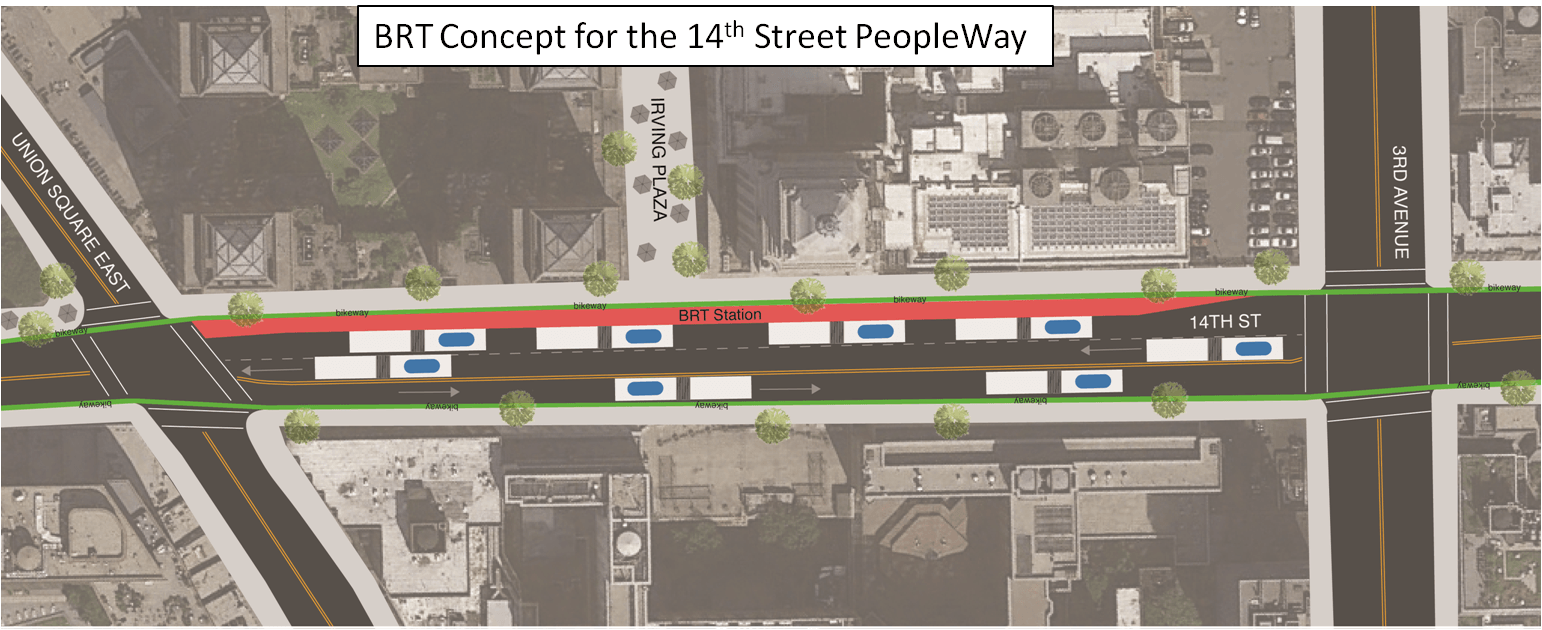DOT and the MTA have a timetable to release their plan to keep L train riders moving when the western portion of the line is shut down for Sandy-related repairs. The 18-month closure between Bedford Avenue in Williamsburg and Eighth Avenue in Manhattan, which is set to take effect at the beginning of 2019, will disrupt hundreds of thousands of L train trips each day.
At a workshop last night, the agencies said they would release a preliminary plan to handle those trips in the spring, followed by another round of workshops in the summer, after which they will release a final plan in the fall. The plan would then be implemented over the course of 2018.
The report released in the spring will review different options, DOT Senior Director for Transit Development Eric Beaton told Streetsblog. "We want to make sure we're moving the most people as efficiently as possible, and providing good alternatives, and also are able to talk to people about what the traffic effects would be of doing something, or even the effect of doing nothing," he said.
There are about 300,000 trips on the L train on a typical weekday, according to the Regional Plan Association, and the vast majority will be affected by the shutdown, since 225,000 trips involve crossing the East River and another 50,000 begin and end in Manhattan.
Officials said they expect 80 to 85 percent of L train riders to migrate to other subway lines. The rest would turn to buses, bicycling, or a free ferry that will provide service between North 6th Street in Williamsburg and East 20th Street in Manhattan.
Even if those projections prove accurate, the number of people who don't switch to other subway lines would outnumber the ridership on the busiest bus routes in the city. Advocates have called on the city and the MTA to keep people moving with busways and car-free streets, proposals that have picked up support from elected officials and community groups.
While last night's presentation did not go into specifics, it mentioned "Select Bus Service" as an option for 14th Street and alluded to a similar approach on the Williamsburg Bridge and its approaches.
The concern is that the agencies will opt for garden-variety bus lanes, which remain susceptible to encroachment by cars, instead of fully car-free streets that can efficiently move large numbers of people by bus and bike. Taking full advantage of surface streets to move displaced L train passengers would also minimize crowding on substitute subway lines.
New Yorkers will start to see early construction work in preparation for the MTA's L train repairs sooner than 2018. On 14th Street between Avenue A and Avenue B, preliminary construction will knock out a travel lane in each direction sometime this year.
If you want to weigh in before the release of the preliminary plan, workshops are happening each of the next three Thursdays: on the West Side of Manhattan on February 23, in East Williamsburg on March 2, and in the East Village on March 9.





